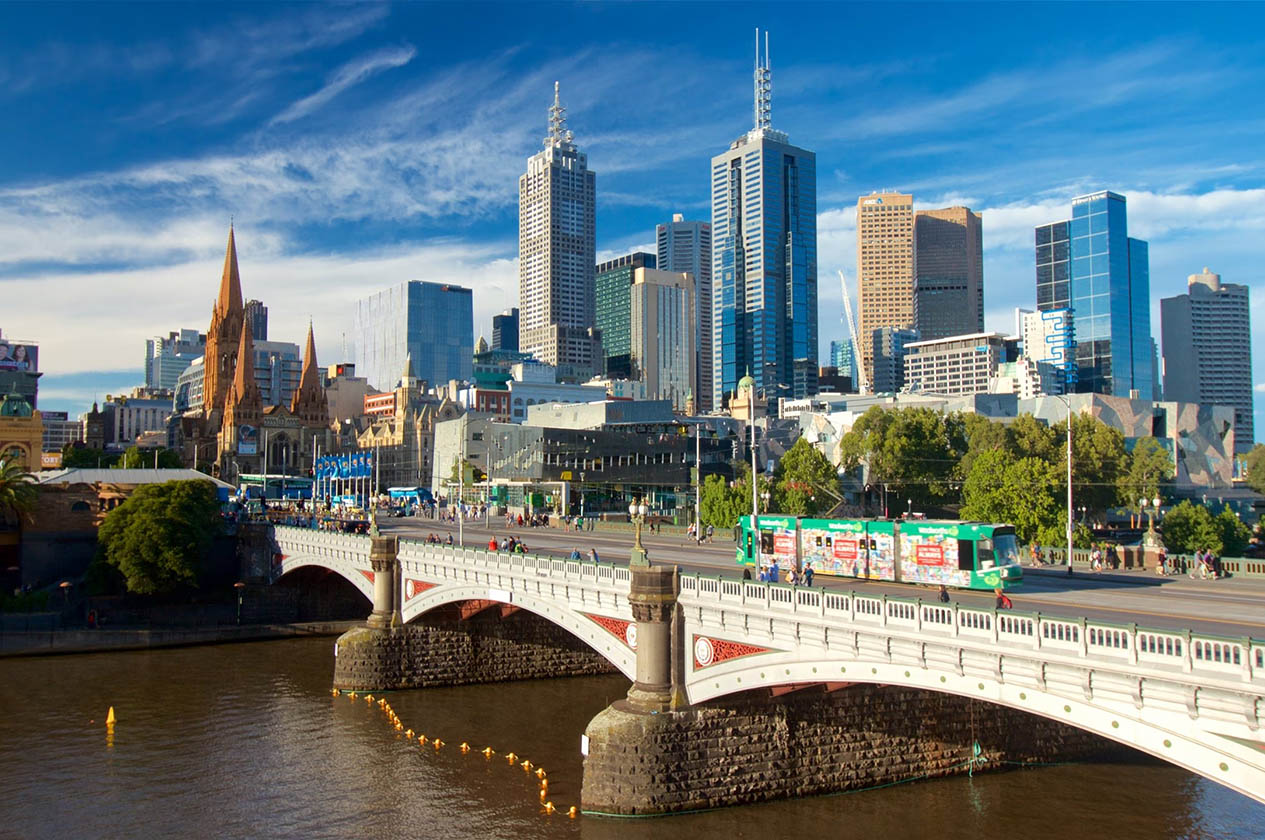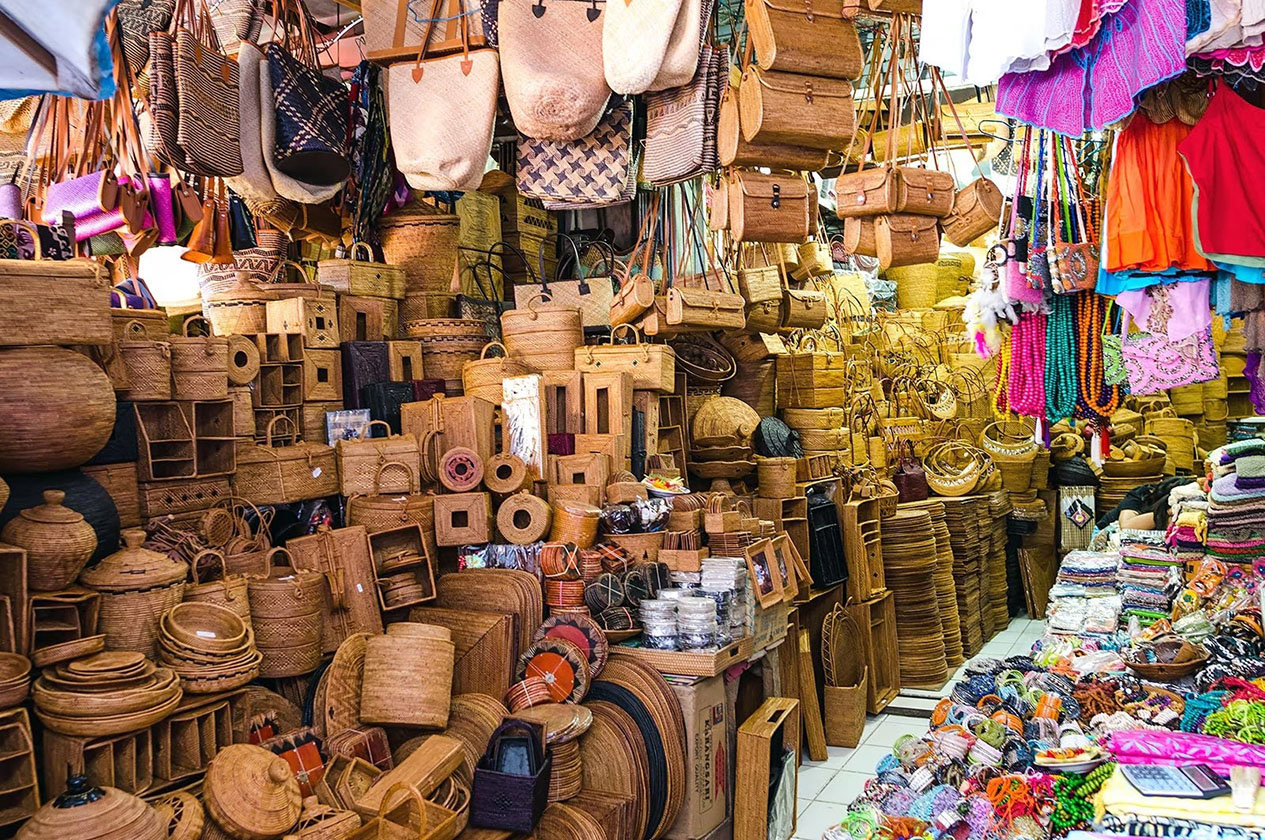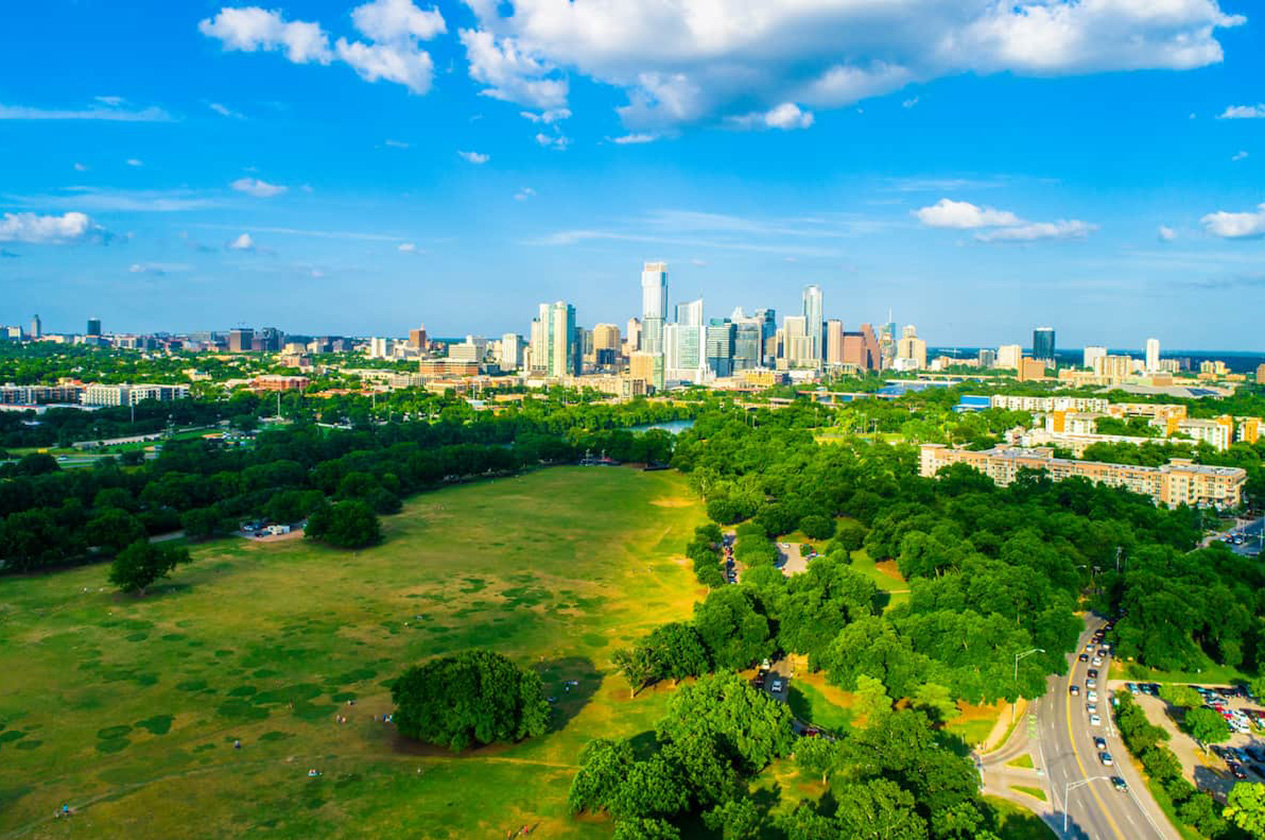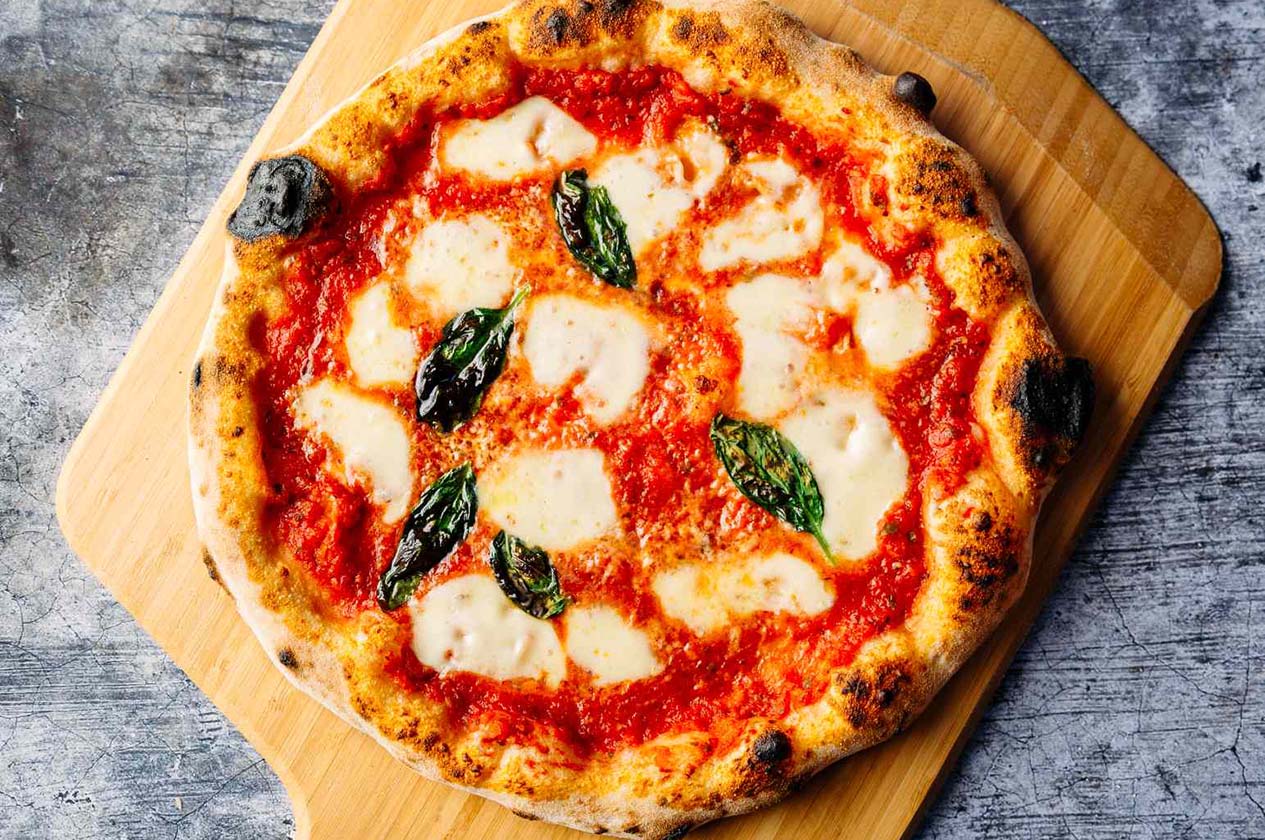Today, I am excited to share with you a comprehensive travel guide to Melbourne, one of Australia’s most vibrant and eclectic cities. Melbourne is known for its rich cultural heritage, thriving arts scene, diverse food culture, and energetic street life. Whether you’re a foodie, an art enthusiast, or a sports fan, Melbourne offers something for everyone.
In this guide, I’ll provide you with everything you need to know to make the most of your trip to Melbourne, including the best time to visit, the currency used, language spoken, the dialing code, key neighborhoods to explore, and some handy apps to download. This guide is aimed primarily at travelers from the US and Europe, but of course, it’s useful for anyone planning to visit this incredible city.
So let’s dive in and get you all set for your Melbourne adventure!
1. Best Time to Visit
Melbourne is famous for its unpredictable weather, often experiencing four seasons in one day! For this reason, choosing the best time to visit can make a huge difference to your experience. The city is beautiful all year round, but the climate varies significantly by season.
Spring (September – November)
Spring is one of the best times to visit Melbourne. The weather is mild, with temperatures ranging from 15°C to 25°C (59°F to 77°F) during the day, and cooler nights. The city is in full bloom, with gardens and parks coming alive with color. It’s also a great time for outdoor activities like hiking, cycling, or taking leisurely walks around the city’s famous parks and beaches. Spring also sees fewer tourists, which means you can explore the city at a relaxed pace.
Summer (December – February)
Melbourne’s summer is hot and lively. Daytime temperatures can exceed 30°C (86°F) on occasion, with occasional heatwaves. If you’re someone who enjoys sunny days, festivals, and outdoor events, summer is the time to visit. Melbourne hosts many music festivals, art exhibitions, and food events during the summer, so it’s a great time to experience the city’s vibrant culture. However, be prepared for the heat, and remember to stay hydrated while exploring.
Autumn (March – May)
Autumn in Melbourne is a beautiful season, marked by mild temperatures and stunning fall foliage. Daytime temperatures range from 15°C to 25°C (59°F to 77°F), and the city’s parks and gardens turn into a golden and orange wonderland. Autumn is also one of the less crowded seasons, making it a fantastic time for a peaceful getaway. The cooler evenings make it perfect for cozy indoor activities, like enjoying Melbourne’s famous café culture or visiting one of the city’s many art galleries.
Winter (June – August)
Winter in Melbourne can be cold, with daytime temperatures hovering between 8°C and 15°C (46°F and 59°F). While this might seem chilly for some, it’s a great time to explore Melbourne’s indoor attractions, such as museums, art galleries, and cozy cafés. You can also take advantage of Melbourne’s vibrant live music scene or experience the city’s many winter festivals. If you’re not bothered by the cold, winter in Melbourne can be an intimate and cozy time to visit.
Overall, spring and autumn are the most pleasant times to visit, with mild weather, fewer crowds, and a relaxed atmosphere. However, no matter when you visit, Melbourne’s dynamic nature means there’s always something to discover.
2. Currency and Payment Methods
The currency used in Melbourne is the Australian Dollar (AUD). As one of the major global cities, Melbourne is highly modernized, and most places—cafés, restaurants, shops, and even street vendors—accept credit and debit card payments. Cards like Visa and Mastercard are widely accepted, as well as mobile payment methods such as Apple Pay and Google Pay.
That said, it’s still a good idea to carry some cash, especially when visiting smaller shops, markets, or regional areas where digital payment may not be as common. ATMs are widely available around the city, and you can withdraw Australian dollars as needed. You can also exchange foreign currency at local banks or exchange counters, though the exchange rates may vary.
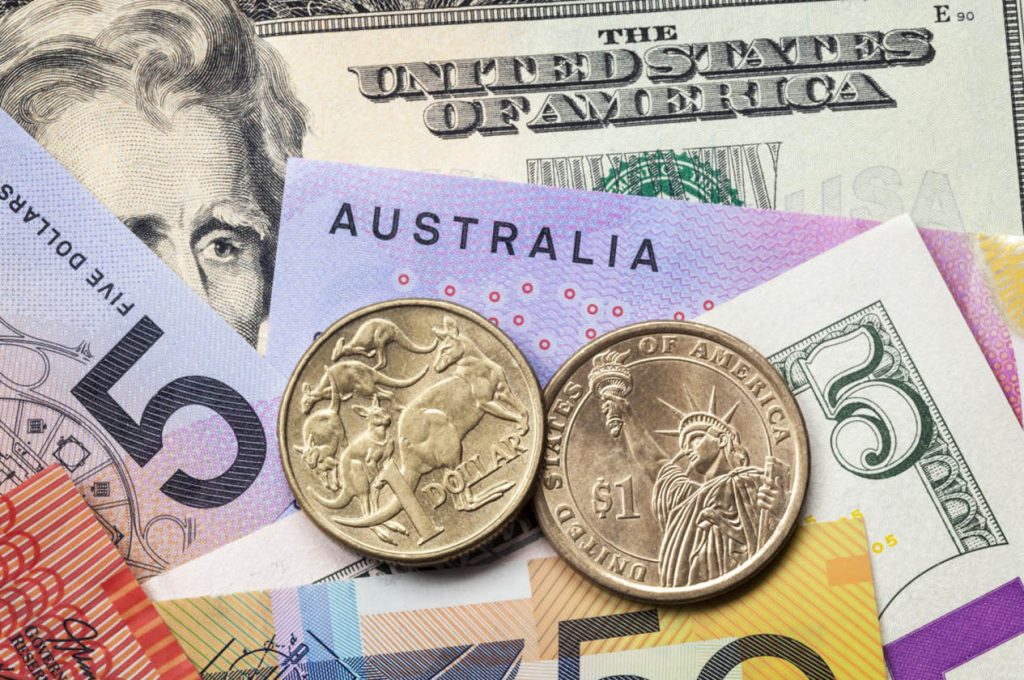
3. Language
The official language of Melbourne is English, so if you’re fluent in English, you’ll have no trouble communicating with locals. However, as Melbourne is a multicultural city, you’ll also hear a variety of other languages spoken, including Mandarin, Italian, Arabic, Greek, and many more. In the major tourist areas, many signs and menus are available in multiple languages to cater to the international crowd.
For non-English speakers, don’t worry! Many of the locals are accustomed to speaking with tourists, and you can often find bilingual staff at major attractions and restaurants. A little knowledge of English can go a long way, but don’t hesitate to ask for help if you’re unsure.
4. Dialing Code
If you’re calling Melbourne from overseas, you’ll need to use the +61 country code for Australia. Melbourne is located in the Victoria state, and its local area code is 03.
For example, if you’re dialing Melbourne from the US, you would dial:
+61 3 XXX XXXX.
If you’re calling from Melbourne to an international destination, simply replace the + with your international dialing prefix (e.g., 011 from the US) and then the country code and local number.
5. Must-Visit Neighborhoods
Melbourne is a city made up of diverse neighborhoods, each with its unique charm. Whether you’re interested in arts, food, or nightlife, here are some of the best areas to explore:
Fitzroy
Known as Melbourne’s bohemian heart, Fitzroy is a trendy neighborhood filled with vibrant street art, indie galleries, quirky boutiques, and hip cafés. This is the place to go if you’re an art lover or someone who enjoys offbeat, alternative culture. The area’s relaxed vibe and lively streets make it perfect for wandering and discovering hidden gems.
St Kilda
For those who want to experience Melbourne’s beach culture, St Kilda is the place to be. Located by the bay, it offers a long sandy beach, scenic walking paths, and a lively pier area. You can enjoy a leisurely walk along the beach or head to the nearby cafes for a laid-back meal with an ocean view. The neighborhood is also famous for its vibrant nightlife, with plenty of bars, pubs, and live music venues.
Southbank
Southbank is Melbourne’s cultural hub, home to the iconic Australian Centre for Contemporary Art (ACCA), the Melbourne Arts Centre, and the National Gallery of Victoria. The area along the Yarra River is lined with upscale restaurants, bars, and cultural institutions. If you’re a fan of theater, music, or art, Southbank is where you’ll find some of Melbourne’s best performances.
Carlton
Carlton is Melbourne’s “Little Italy,” and it’s a must-visit for food lovers. This area is packed with Italian restaurants, cafés, and delis, offering delicious pasta, pizza, and pastries. Carlton is also home to Lygon Street, Melbourne’s famous restaurant strip. Besides food, the neighborhood has a vibrant student population due to its proximity to the University of Melbourne, making it a lively and youthful area to explore.
Docklands
A modern and chic waterfront district, Docklands is home to sleek skyscrapers, shopping malls, and Melbourne’s sports stadiums. If you love shopping and dining, you’ll find everything from luxury brands to casual eateries in the Harbour Town Shopping Centre. You can also catch a game at the Marvel Stadium, which hosts major events throughout the year.
6. Essential Apps to Download
There are a few key apps that will make your visit to Melbourne more convenient and enjoyable. Here are some of the must-have apps for travelers:

Myki
The Myki app is essential for navigating Melbourne’s public transport system. It allows you to buy and manage your travel card for use on trains, trams, and buses. You can also check real-time updates on transport schedules, plan your routes, and top up your balance directly from the app.
Google Maps
Whether you’re a first-time visitor or a regular, Google Maps is indispensable for navigating Melbourne. It offers detailed directions for walking, driving, and public transport, and provides real-time information on traffic and public transport delays.
Uber
Melbourne is one of the cities where Uber is widely used. If you need to get around the city quickly, the Uber app is your best friend. You can request a ride anytime and anywhere, making it a convenient alternative to public transport or taxis.
TripAdvisor
If you’re looking for recommendations on restaurants, attractions, or activities, TripAdvisor is the perfect tool. This app is packed with user reviews and ratings that can help you plan your trip and find hidden gems in Melbourne.
EatNow
For foodies, EatNow is an essential app for ordering food. You can browse through a variety of restaurants, read reviews, and even place orders for delivery or takeaway. It’s a great way to sample Melbourne’s diverse food scene.
Melbourne is a dynamic and multicultural city that offers a little something for every type of traveler. From its world-class food scene to its rich arts and cultural heritage, Melbourne will leave you with unforgettable memories. Whether you’re here for a short trip or a longer stay, this guide has hopefully provided you with all the essential information you need to make your visit a success.
